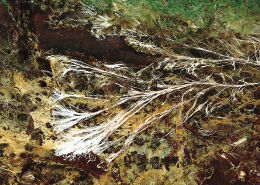Hedström Ellen - The pocket guide to wild mushrooms : helpful tips for mushrooming in the field
Here you can read online Hedström Ellen - The pocket guide to wild mushrooms : helpful tips for mushrooming in the field full text of the book (entire story) in english for free. Download pdf and epub, get meaning, cover and reviews about this ebook. City: New York, year: 2013, publisher: Skyhorse Publishing, genre: Home and family. Description of the work, (preface) as well as reviews are available. Best literature library LitArk.com created for fans of good reading and offers a wide selection of genres:
Romance novel
Science fiction
Adventure
Detective
Science
History
Home and family
Prose
Art
Politics
Computer
Non-fiction
Religion
Business
Children
Humor
Choose a favorite category and find really read worthwhile books. Enjoy immersion in the world of imagination, feel the emotions of the characters or learn something new for yourself, make an fascinating discovery.
- Book:The pocket guide to wild mushrooms : helpful tips for mushrooming in the field
- Author:
- Publisher:Skyhorse Publishing
- Genre:
- Year:2013
- City:New York
- Rating:5 / 5
- Favourites:Add to favourites
- Your mark:
The pocket guide to wild mushrooms : helpful tips for mushrooming in the field: summary, description and annotation
We offer to read an annotation, description, summary or preface (depends on what the author of the book "The pocket guide to wild mushrooms : helpful tips for mushrooming in the field" wrote himself). If you haven't found the necessary information about the book — write in the comments, we will try to find it.
Beautiful photographs adorn the pages with mushrooms in the wild as well as picked, showing them from a multitude of angles. Study these photographs and you will become adept at recognizing edible and safe mushrooms. Even those who are unfamiliar with the mushroom forest can make a start at foraging with this instructional work, and, with the help of The Pocket Guide to Wild Mushrooms, can become experts in no time.
Using practical symbol systems, distribution maps, and tips on picking, cleaning, cooking, and canning, the reader will also become familiar with a wide variety of wild mushrooms, including morels, black trumpets, chanterelles, sheep polypore, porcini, a variety of boletes, and many more. Grabbing this guide on the way out to go hunt for mushrooms will ensure a successful foraging experience.
Hedström Ellen: author's other books
Who wrote The pocket guide to wild mushrooms : helpful tips for mushrooming in the field? Find out the surname, the name of the author of the book and a list of all author's works by series.

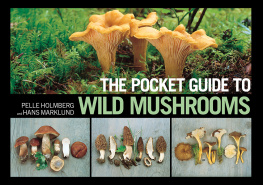

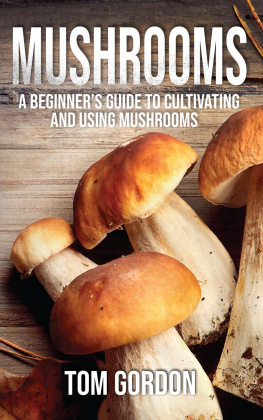

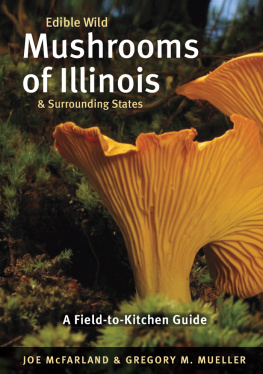
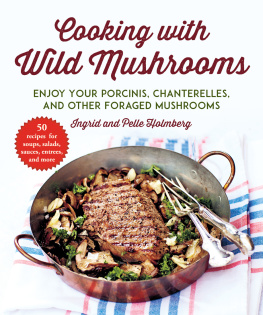
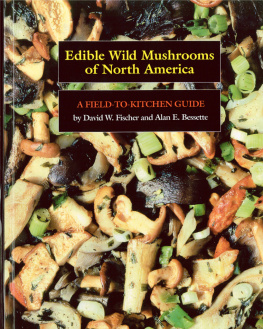
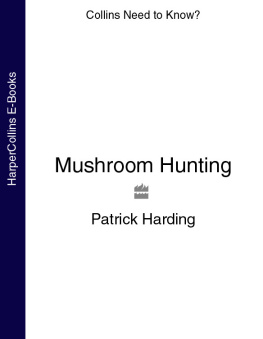
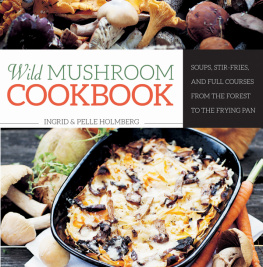
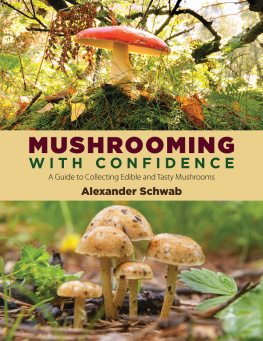









 Dangerously poisonous mushrooms, especially those containing substances damaging to cells or large amounts of substances damaging to the nervous system, will be marked with a red poison symbol.
Dangerously poisonous mushrooms, especially those containing substances damaging to cells or large amounts of substances damaging to the nervous system, will be marked with a red poison symbol.





